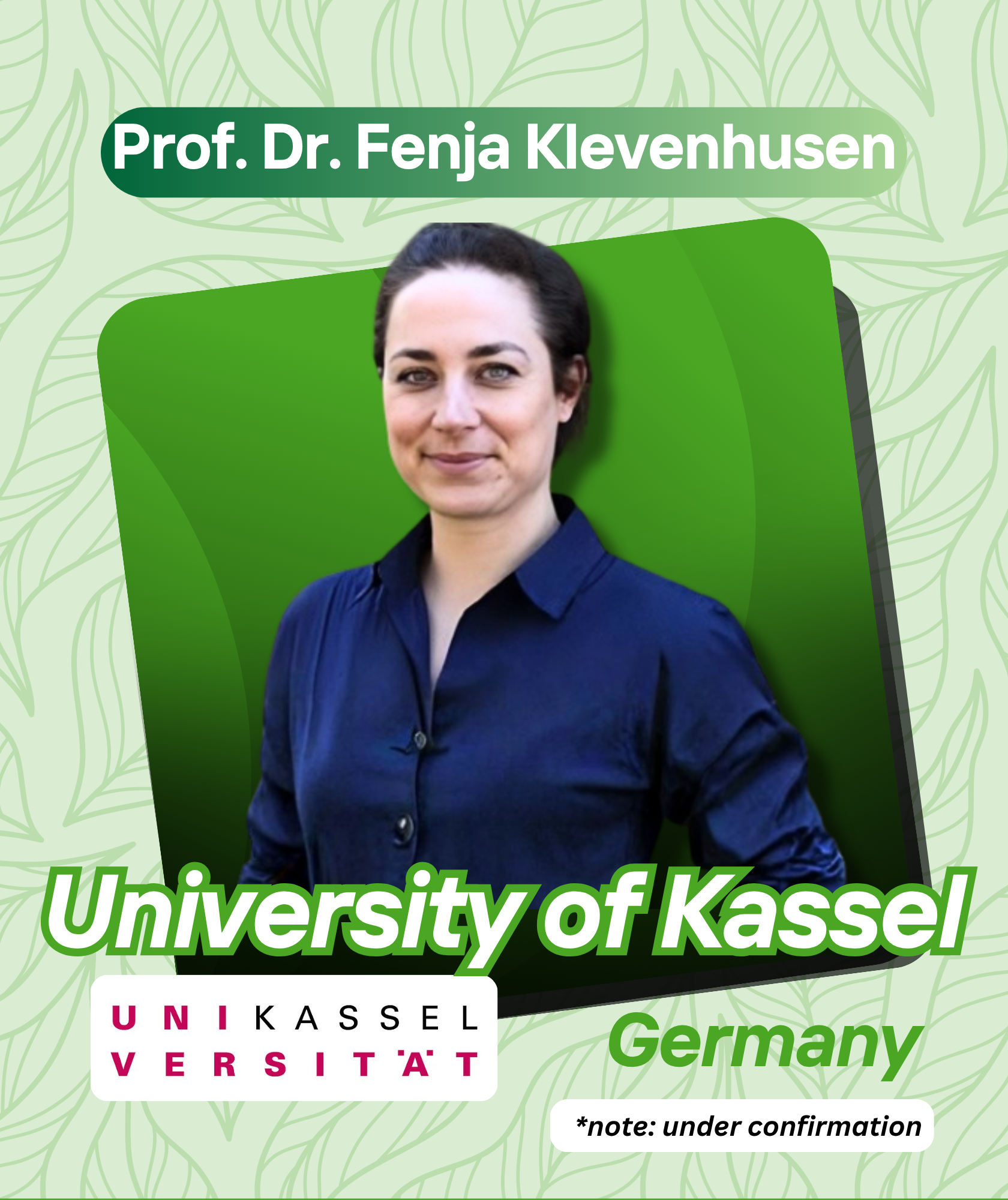Analysis of the sustainability level of using immunoglobulin Y (IgY) as antibiotic substitute
This title has been presented on Thursday, December 14, 2023 at 13.10-13.20 GMT+7.
Keywords:
immunoglobulin Y (IgY), antibiotics, feed, sustainability, RAPFISHAbstract
This title has been presented on Thursday, December 14, 2023 at 13.10-13.20 GMT+7.
Broiler chickens are in high demand among Indonesians to fulfill animal protein consumption. The population of this breed is very high because it does not require a large area of maintenance, fast growth and good feed efficiency compared to other broiler breeds. Broiler farms commonly use antibiotics as feed additives to promote growth, increase body weight, and improve the efficiency of food converted to meat. Antibiotics are also used for disease prevention and treatment, especially by commercial chicken farmers. Antibiotics used in livestock production account for about two-thirds of global antibiotic sales and consumption. Unwise use of antibiotics also increases the occurrence of antimicrobial resistance, especially in bacteria. This study aims to analyze the sustainability of using IgY affixes as a substitute for antibiotics in chicken feed. Its sustainability status is seen in 5 (five) dimensions, namely (1) ecological dimension, (2) economic dimension, (3) social dimension, (4) institutional dimension and (5) technological dimension. The results of the analysis are grouped based on the sustainability level value, namely: (a) 0%-25% = unsustainable, (b) 26%-50% = less sustainable, (c) 51%-75% = moderately sustainable, and (d) 76%-100% = sustainable. The results of the Multi-Dimensional Scaling (MDS) analysis using the RAPFISH (Rapid Appraisal for Fisheries) analysis tool show that the level of sustainability of IgY use is 66.49% with a fairly sustainable category.













